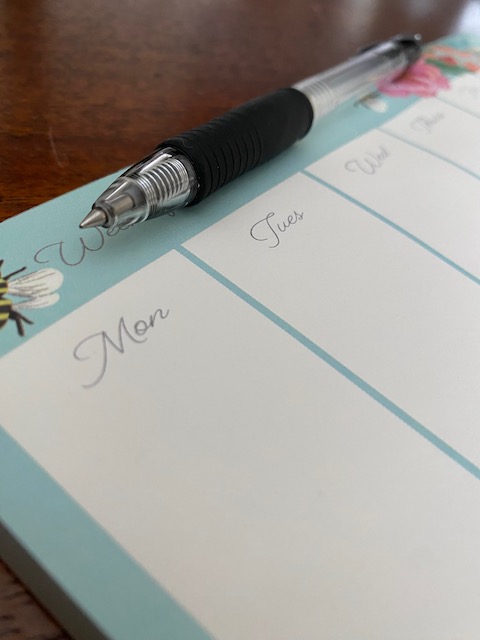I’m reading Cynthia Bourgeault’s The Wisdom Way of Knowing, a small book about the teachings that have long helped humanity find connection to the spiritual source of life. We have always been in need of greater wisdom, strength, and guidance than our own devices offer, and these teachings help cultivate a way of life that helps us be receptive to higher knowing. Bourgeault traces the Wisdom teachings that have appeared, gone underground, and reappeared for thousands of years. They have given rise to various religions, tend to fall into the shadow of the very human institutions that arise from the initial religious insight, and continue to find new ways to emerge into human consciousness.
The Benedictine rule of life is one of the practices she names that has come down to us from the Wisdom teachings. Bourgeault anchors her book in the early days of her teaching about spiritual awakening. In an intentional retreat setting, she led a small group in living their version of a Benedictine rule of life. Their days were a rhythm of physical work, prayer and meditation, learning, and rest.
In this retreat setting, among kindred spirits and in a structured rhythm of daily life, they experienced the gift of seeing the unity and the beauty behind this world of ten thousand things. They had a direct experience of this life as a manifestation of the love that is the Source of everything. She attributed their experience to the power of the rule of life, practiced in a devoted community.
Her writing inspired me to experiment with looking at my activities through the lens of a rule of life. Not that I had specifically defined a rule of life for myself, much less expected a mystical perception of reality. But I wanted to try experiencing a day holding a balance of four main areas: physical work and exertion, mental effort and learning, cultivation of space for being receptive to the Divine and becoming a vessel for greater love, and rest. Or in other words, the day’s work for body, mind, and heart, plus rest.
Through this way of looking my time, meditation was not so much a singular practice apart from the day, but rather just one part of the sacredness of the entire day. Even housework, those simple, humble chores necessary but discouragingly endless, took on new dignity as an important part of the day’s rhythm. It helped to see that effort as part of what makes up a full life. The work of the mind, too, as I made notes to prepare for an upcoming meeting, took its place as part of the totality of the day—no more or less than important than any other task. It helped bring a greater sense of ease to my work. Exercise was not so much a chore to check off as an important part of a whole life—like one of the wheels required to keep the cart on the road and moving forward.
I’ve long thought of a rule of life as a burden, something that’s “good for you,” something that you really “ought” to do—like removing sugar from your diet—and just as difficult and grim. Discipline is necessary in all sort of contexts, but the very word suggests living without pleasure or comfort. In a similar way, my unexamined sense of a rule of life has felt to me like the prospect of a house with no pillows.
What if that isn’t true?
What if a rule of life names what matters most, and establishes a rhythm of life that has space for those things? What if it ushers in a life that’s more joyful and more meaningful? What if instead of a harsh list of things I must do, it honors and elevates those things that are difficult, or boring, or depressing, and makes space for the things that are life-giving? What if it eases the continual low-grade fever of angst about things I have not seen to? What if it helps me see the beauty I’m currently missing?
Some seasons of life are more conducive than others for establishing a rule of life for ourselves. Times of transition when we need a new rhythm for our days, or times of stress when we need the support of a healthy routine, both serve as particular invitations for putting into place a rule of life. Yet even in the ordinary times of our lives, it helps to name what is important and consciously make an effort to incorporate it. The only vehicle for our highest aspirations, our deepest longings, is the concrete way in which we live out our days.
I’m interested in experimenting more with establishing a rule of life. But I’m trying to keep it simple and do-able. I’m asking, “How do I want to cultivate my life through body, mind, and heart?” And, “What does that look like?”


Comment